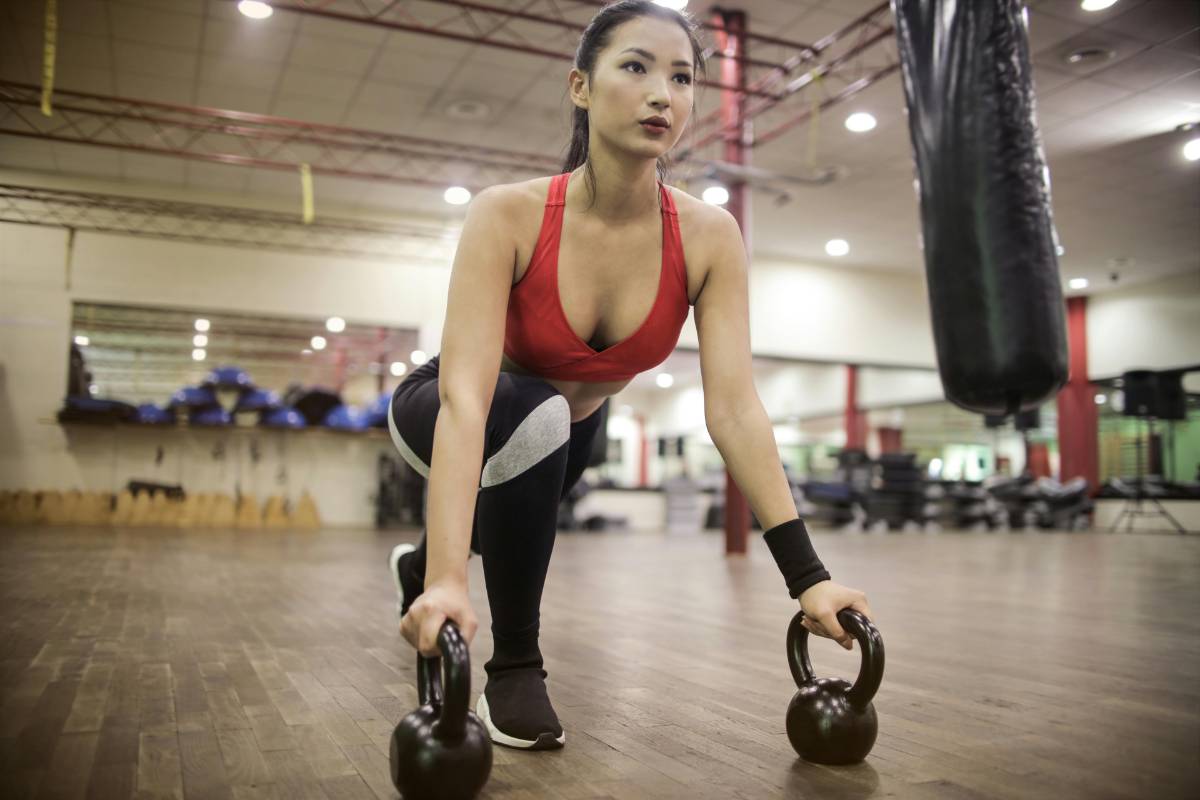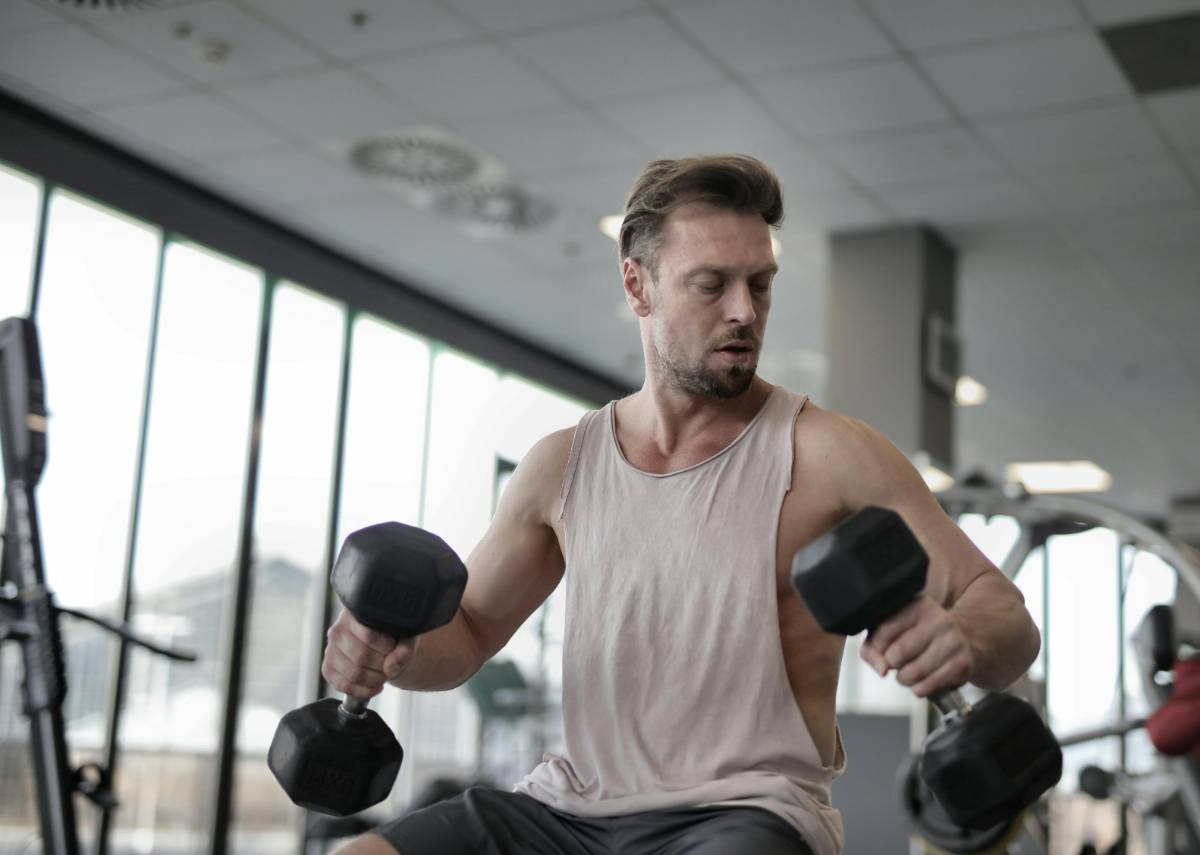How to Treat and Prevent Athlete's Foot

4 min read
|21 Mar 2025Athlete's foot, also known as tinea pedis, is a common fungal infection that affects the skin on the feet. It is caused by fungi that thrive in warm, moist environments, making the feet an ideal breeding ground. Athlete's foot can cause itching, burning, redness, and peeling of the skin. Understanding how to treat and prevent athlete's foot is essential for maintaining foot health and comfort. In this article, we will explore effective treatments and preventive measures to help you manage and avoid this uncomfortable condition.
Understanding Athlete's Foot
Athlete's foot is primarily caused by dermatophytes, a type of fungus that infects the skin. The infection often starts between the toes and can spread to other parts of the foot if left untreated. Common symptoms include:
Itching and Burning: The affected area may feel itchy and burning, especially between the toes and on the soles of the feet.
Redness and Inflammation: The skin may become red, inflamed, and swollen.
Peeling and Cracking: The skin can peel, crack, or flake, leading to discomfort and potential secondary infections.
Blisters: In some cases, blisters may form, which can be painful and increase the risk of infection.
Treating Athlete's Foot
Effective treatment of athlete's foot involves both over-the-counter and prescription medications, as well as home remedies. Here are some strategies for treating athlete's foot:

Over-the-Counter Antifungal Creams: Antifungal creams, such as clotrimazole, miconazole, and terbinafine, are commonly used to treat athlete's foot. Apply the cream directly to the affected area according to the instructions on the packaging.
Prescription Medications: For severe or persistent cases, a healthcare provider may prescribe oral antifungal medications, such as fluconazole or itraconazole, to help eradicate the infection.
Home Remedies: Some people find relief from athlete's foot using home remedies. While these should not replace medical treatments, they can provide additional comfort:
Tea Tree Oil: Known for its antifungal properties, tea tree oil can be applied to the affected area after dilution with a carrier oil.
Vinegar Soaks: Soaking the feet in a mixture of equal parts water and vinegar may help to reduce fungal growth and alleviate symptoms.
Garlic: Garlic has natural antifungal properties. Applying crushed garlic to the affected area or adding it to your diet may help fight the infection.
Preventing Athlete's Foot
Prevention is key to avoiding athlete's foot and reducing the risk of recurrence. Implement the following measures to keep your feet healthy:
Keep Feet Dry: Moisture provides an ideal environment for fungal growth. Make sure to dry your feet thoroughly after washing, especially between the toes.
Use Antifungal Powder: Apply antifungal powder to your feet and inside your shoes to help prevent fungal growth and keep your feet dry.
Wear Breathable Shoes: Choose shoes made of breathable materials, such as leather or mesh, to allow air circulation and reduce moisture buildup.
Avoid Walking Barefoot in Public Places: Fungi can spread in public areas like swimming pools, locker rooms, and communal showers. Wear flip-flops or water shoes in these environments to protect your feet.
Change Socks Regularly: Wear moisture-wicking socks and change them frequently, especially if they become damp from sweat or moisture.
Use Personal Footwear: Avoid sharing shoes, socks, or towels with others to prevent the spread of fungal infections.
Maintain Good Foot Hygiene: Regularly wash and inspect your feet for signs of infection. Keeping your feet clean and healthy can help prevent athlete's foot and other foot conditions.
Addressing Recurrence
If you experience frequent recurrences of athlete's foot, consider the following additional steps:
Consult a Healthcare Professional: Persistent or recurrent infections may require a thorough evaluation by a healthcare provider to identify underlying causes and determine appropriate treatment.
Treat Shoes and Socks: Fungi can linger in shoes and socks. Consider using antifungal sprays or washing your socks and shoes with hot water and antifungal detergent.
Boost Immune Health: A healthy immune system can help prevent infections. Maintain a balanced diet, exercise regularly, and manage stress to support overall health.
Athlete's foot is a manageable condition with proper treatment and preventive measures. By following these strategies, you can alleviate symptoms, prevent recurrence, and maintain healthy feet. If you experience persistent or severe symptoms, consult a healthcare professional for tailored advice and treatment options.
MORE ARTICLES

5 min read | 16 Apr 2025
The Benefits of Strength Training for Weight Loss
Strength training, also known as resistance training, offers numerous benefits for weight loss and overall fitness. Incorporating strength training into your exercise routine can enhance your weight management efforts by boosting metabolism, preserving muscle mass, and improving body composition. Here’s a guide to understanding the benefits of strength training for weight loss and how to make it an effective part of your fitness plan.

3 min read | 15 Apr 2025
Tips for Maintaining Weight Loss After Reaching Your Goal
Achieving your weight loss goal is a significant accomplishment, but maintaining your new weight can be just as challenging. Once you’ve reached your target weight, it’s important to adopt strategies to ensure you keep the weight off and continue to live a healthy lifestyle. Here are some tips for maintaining weight loss after reaching your goal.

5 min read | 14 Apr 2025
How to Read Nutrition Labels to Support Your Weight Loss Goals
Reading nutrition labels is an essential skill for managing your weight and making informed dietary choices. Nutrition labels provide valuable information about the nutrient content of food products, helping you to select options that align with your weight loss goals. Here’s a guide on how to read nutrition labels effectively to support your weight management efforts.

5 min read | 13 Apr 2025
The Role of Protein in Weight Loss and How to Include It in Your Diet
Protein plays a significant role in weight loss and overall health. As a crucial macronutrient, protein supports various bodily functions, including muscle repair, hormone production, and immune system support. Understanding how protein contributes to weight loss and finding ways to include it in your diet can enhance your weight management efforts. Here’s a guide on the role of protein in weight loss and tips for incorporating it into your meals.

4 min read | 12 Apr 2025
Low-Carb Diets: Do They Really Work for Weight Loss?
Low-carb diets have gained popularity as a weight loss strategy, with many people finding success with various low-carb eating plans. These diets typically involve reducing the intake of carbohydrates, which can lead to changes in metabolism and appetite. But do low-carb diets really work for weight loss? Here’s an in-depth look at how low-carb diets function and their effectiveness for weight management.

4 min read | 11 Apr 2025
The Importance of Portion Control in Weight Loss
Portion control is a crucial aspect of weight loss and overall healthy eating. It involves managing the quantity of food you consume to avoid overeating and maintain a balanced diet. Proper portion control helps regulate calorie intake, supports weight management, and promotes long-term health. Here’s why portion control is important for weight loss and how you can effectively implement it.
RECENT POSTS
1
How to Maintain Weight Loss After Reaching Your Goal
3 min read | 14 Feb 20252
Setting Realistic Weight Loss Goals
3 min read | 13 Feb 20253
Dealing with Weight Loss Plateaus
5 min read | 12 Feb 20254
The Role of Social Support in Achieving Weight Loss Goals
2 min read | 11 Feb 20255
How to Create a Balanced Daily Routine
3 min read | 10 Feb 20256
Managing Emotional Eating: Strategies and Tips
5 min read | 09 Feb 2025MORE POSTS

How to Keep Your Skin Hydrated All Day
2 min read | 24 Feb 2025
Tips for Managing Eczema on the Body
3 min read | 23 Feb 2025
How to Create a Relaxing Bath Routine
2 min read | 22 Feb 2025
The Role of Essential Oils in Body Care
5 min read | 21 Feb 2025
Best Ingredients for Soothing Dry Skin
3 min read | 20 Feb 2025





